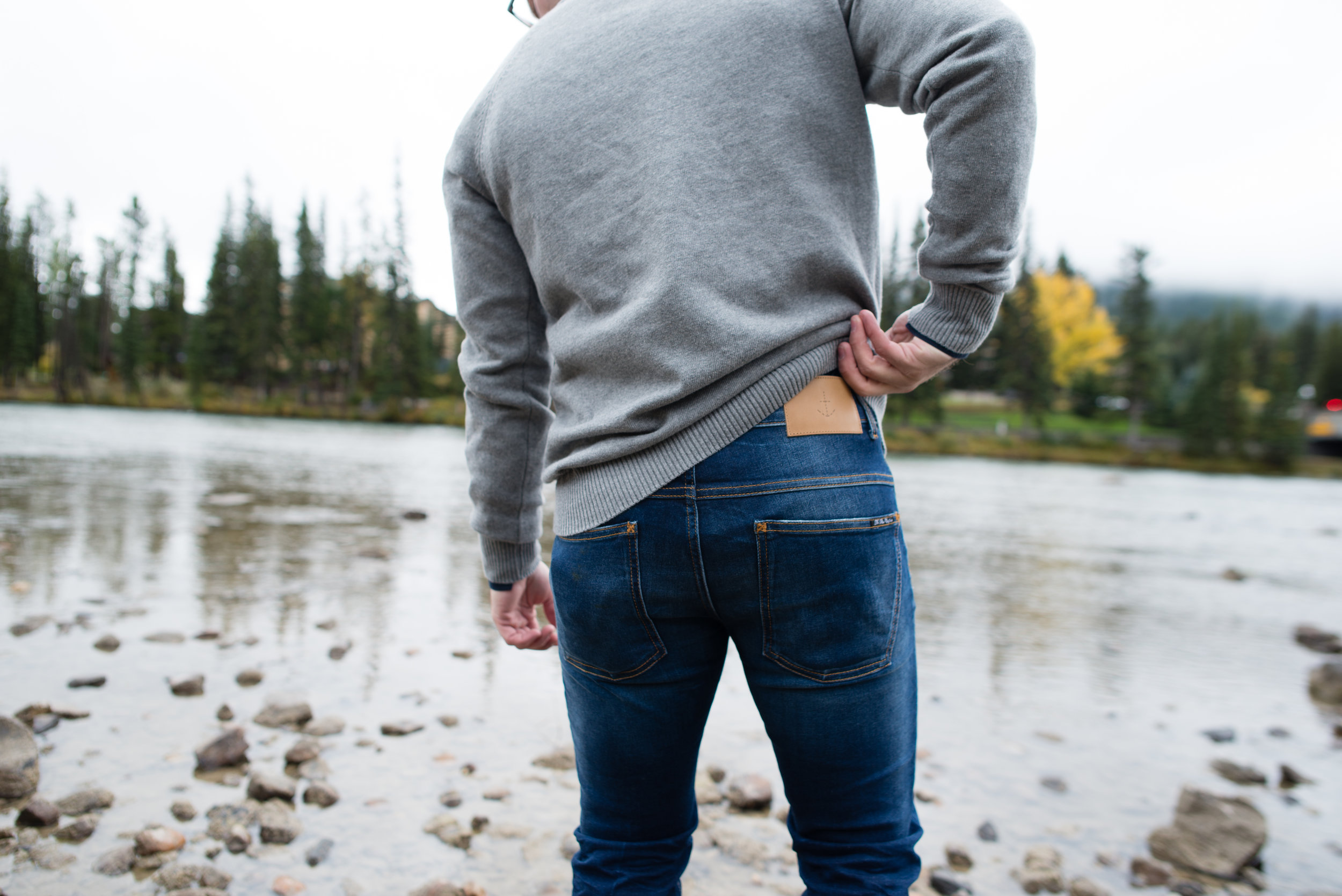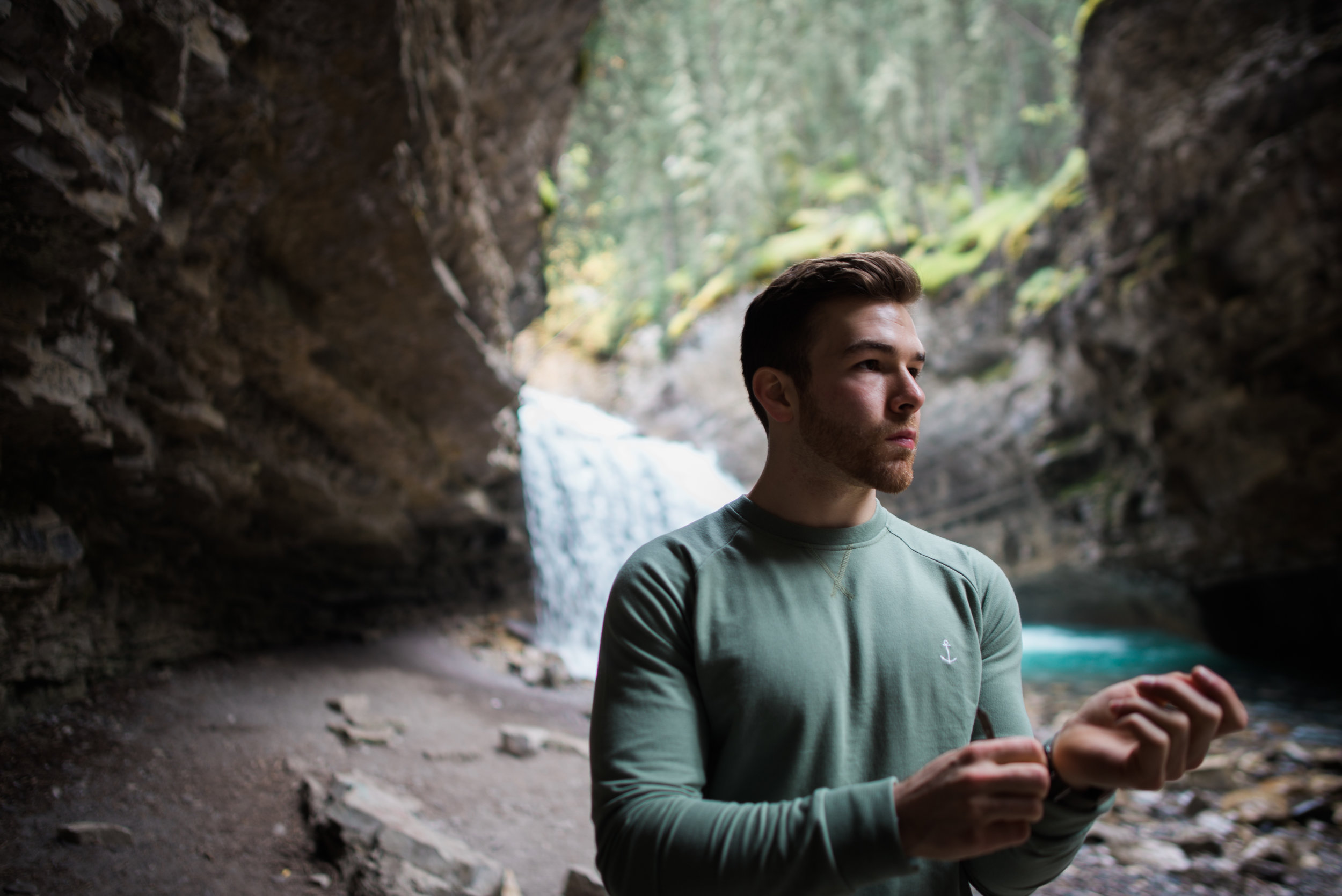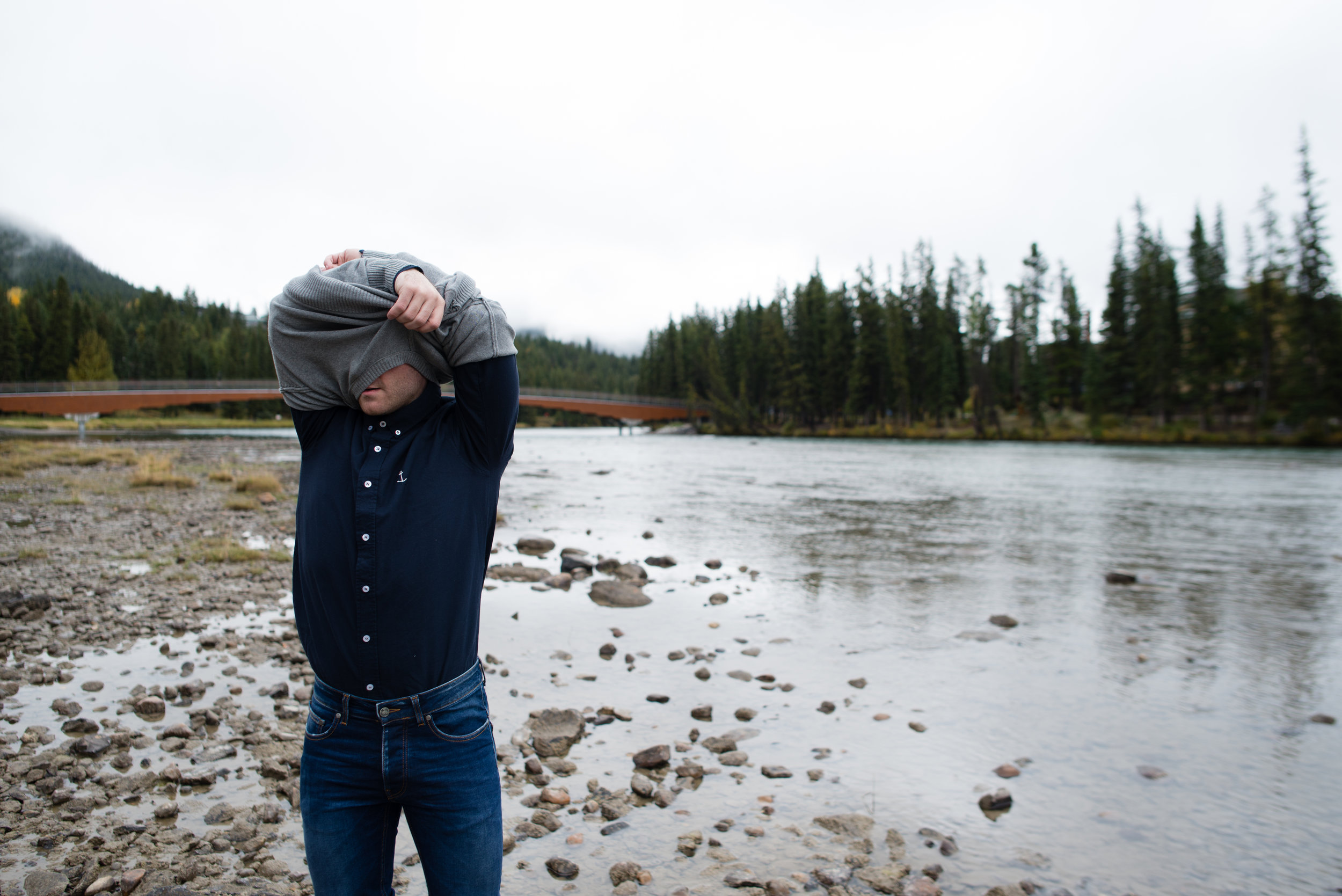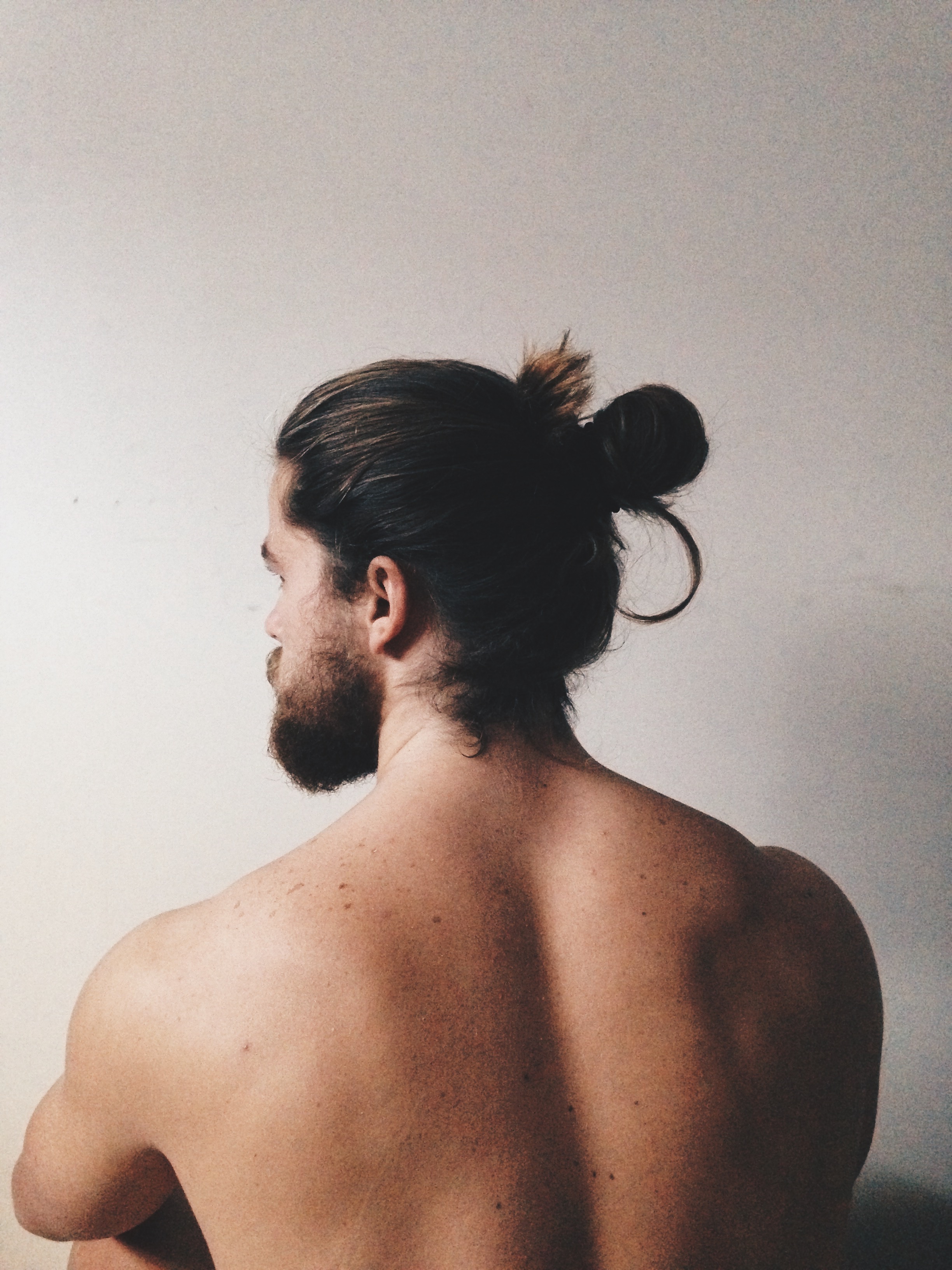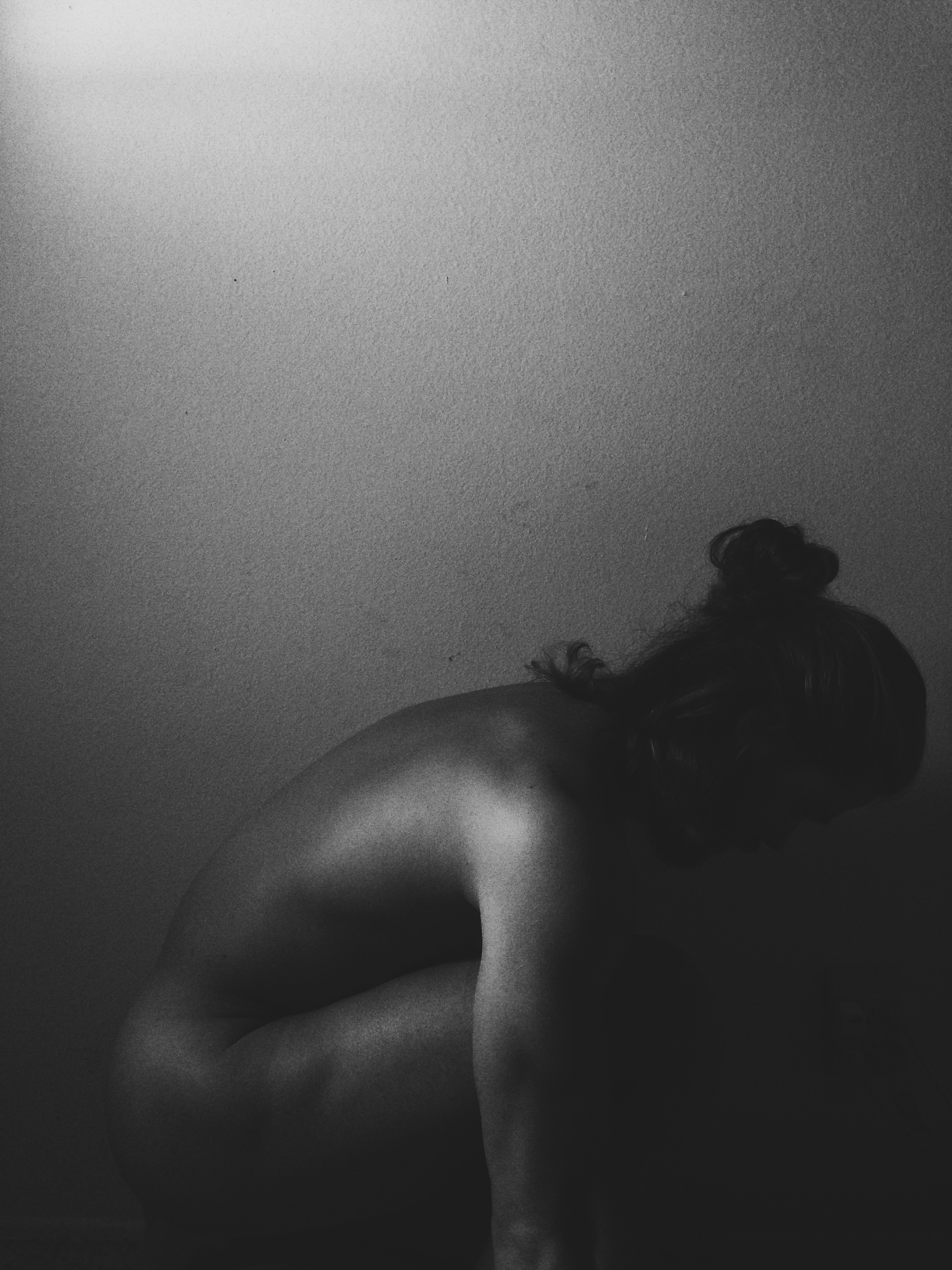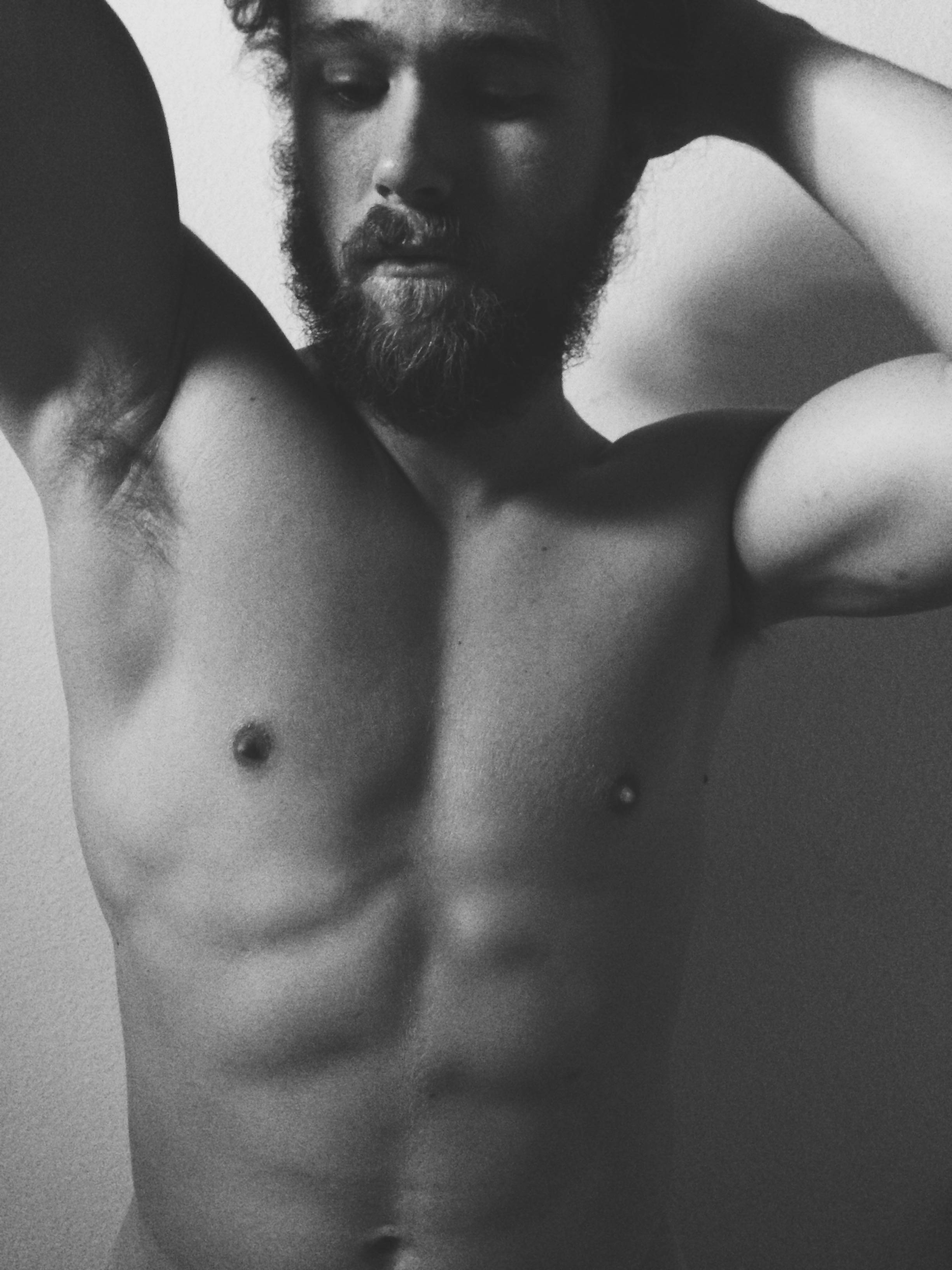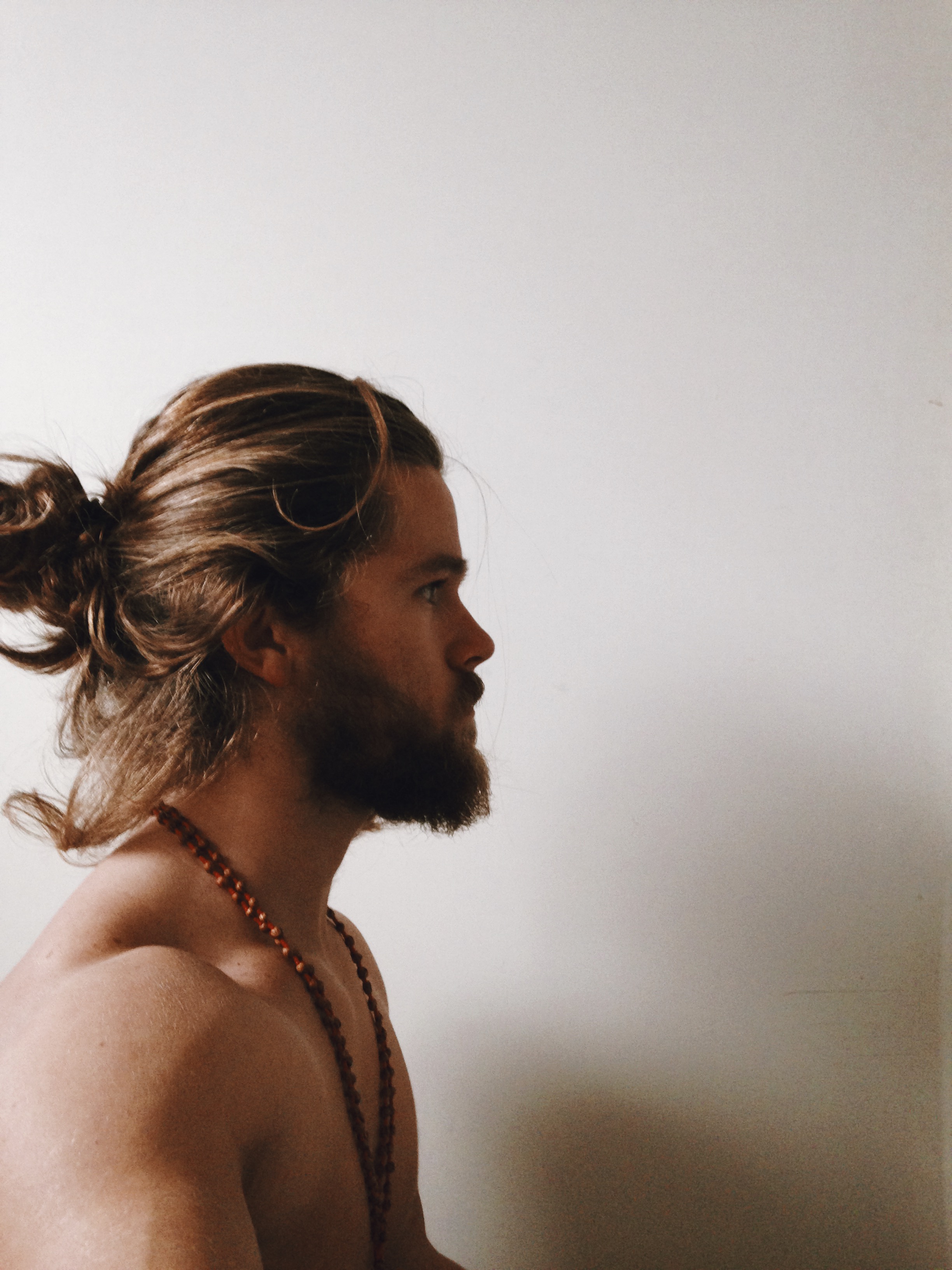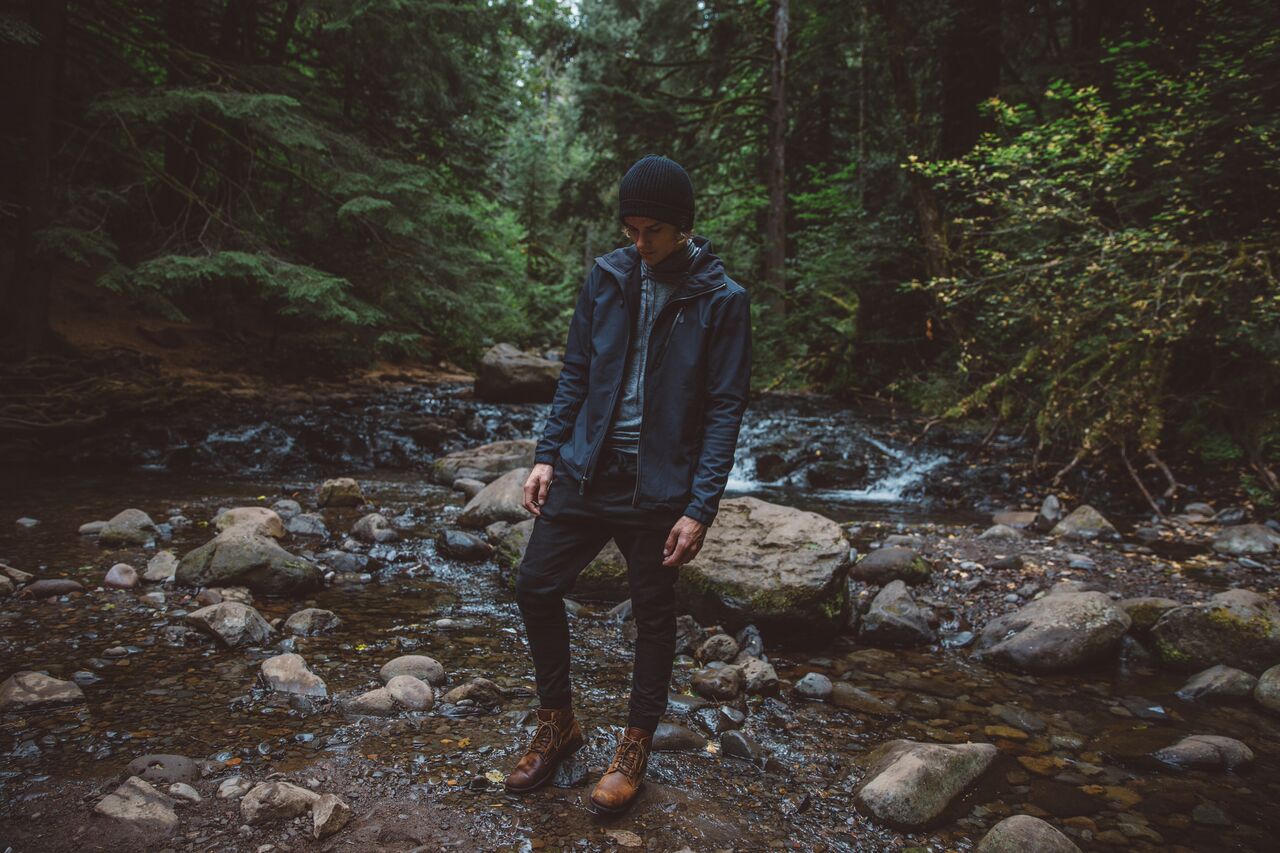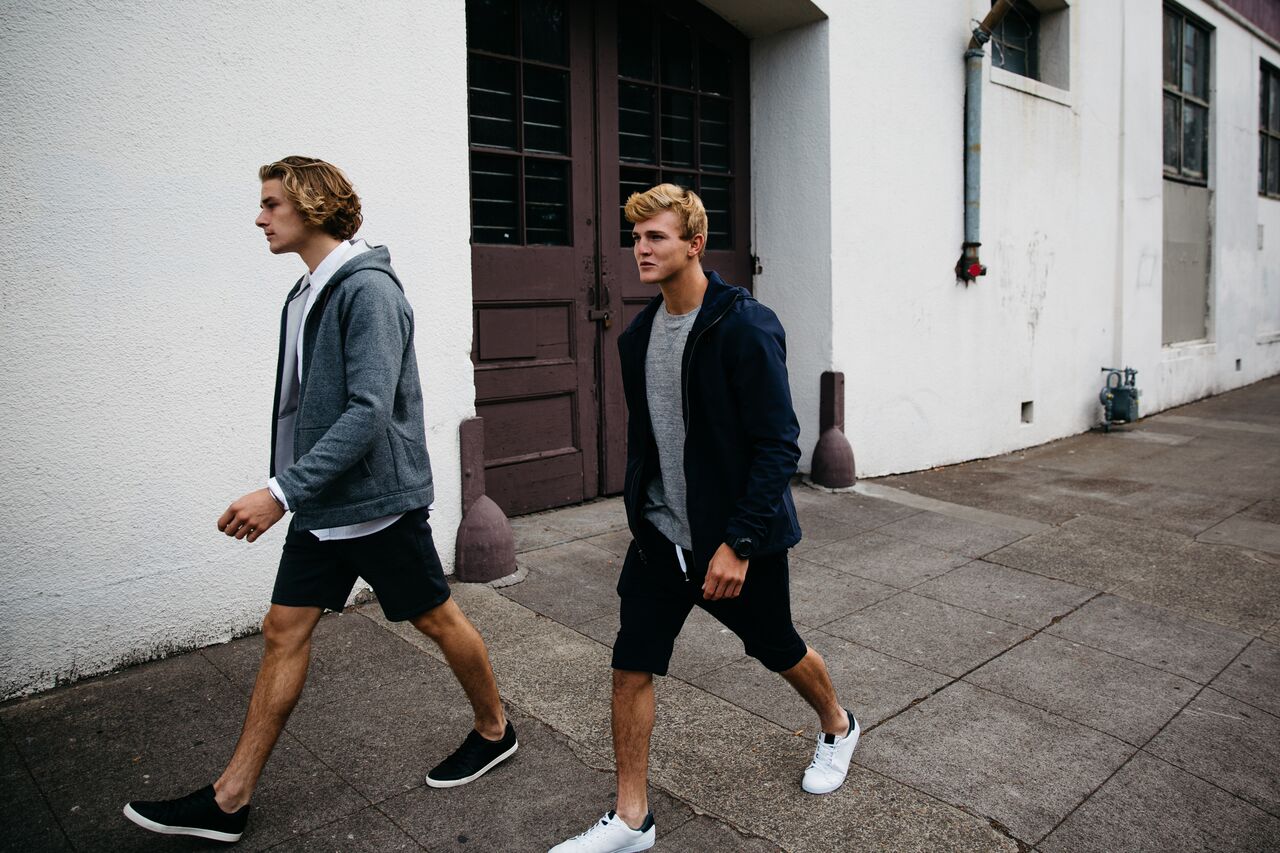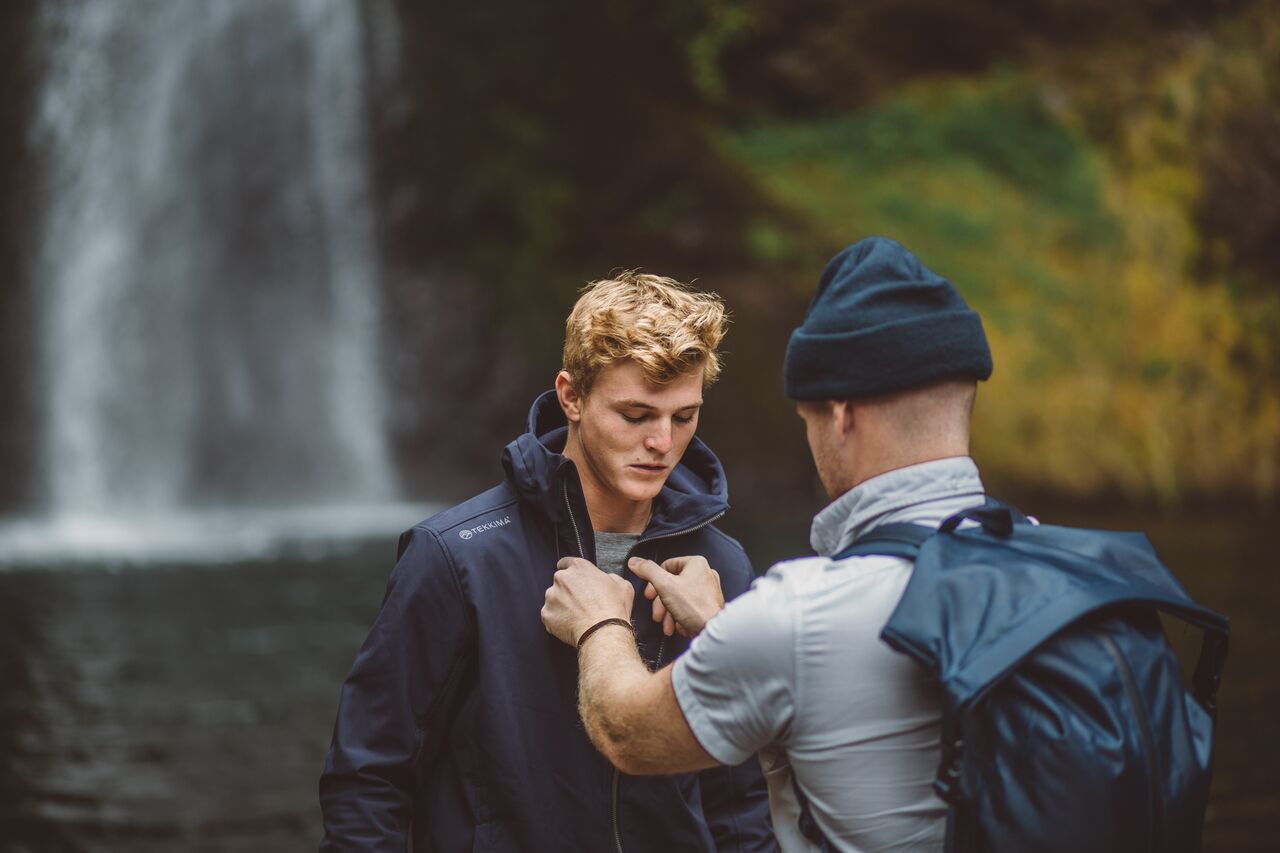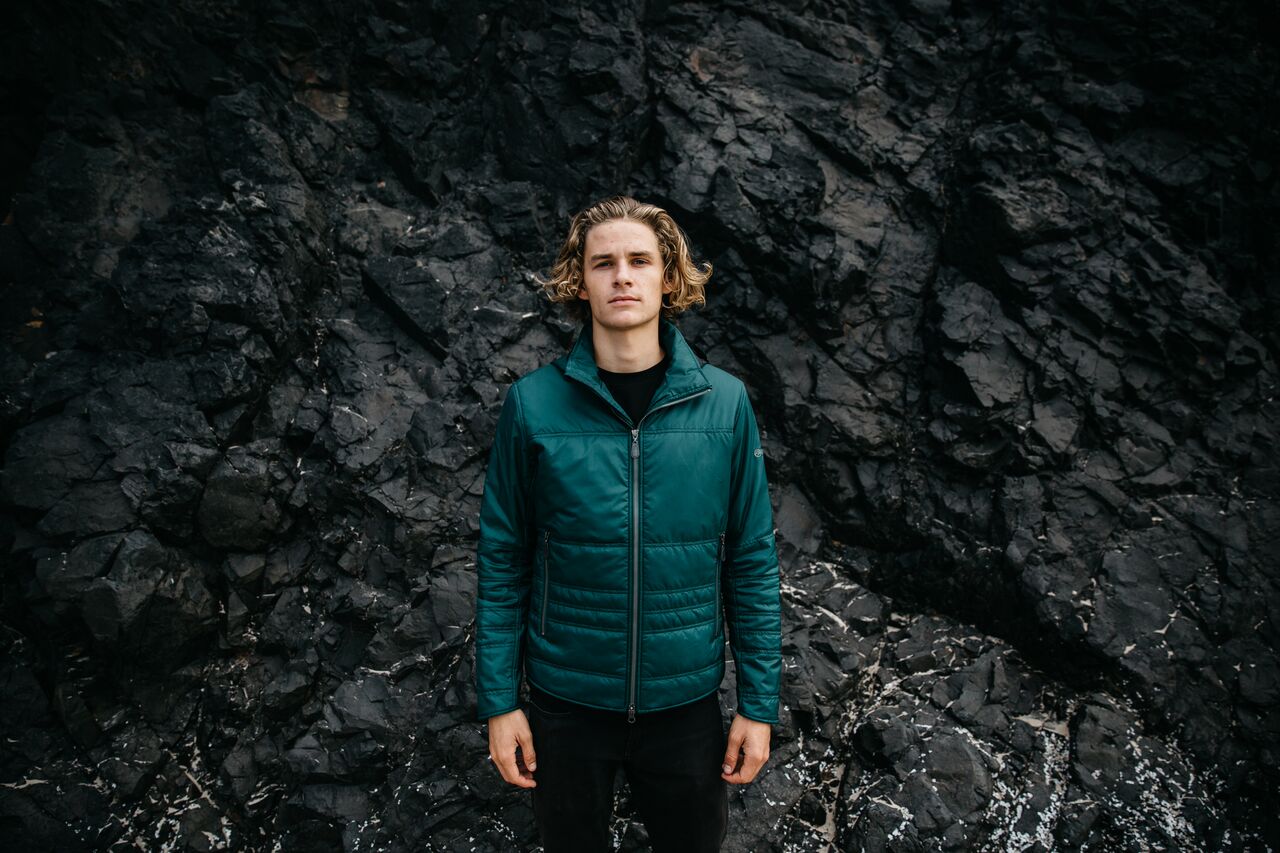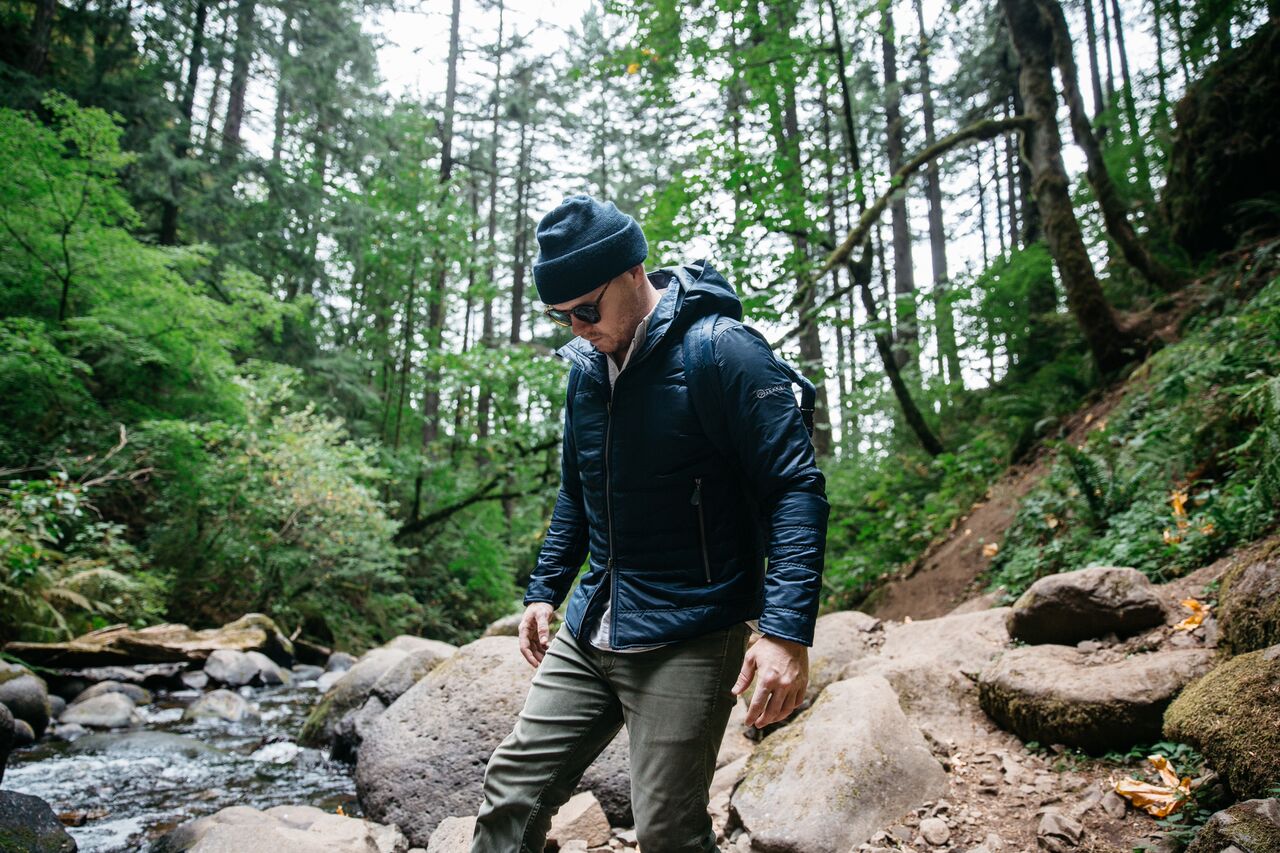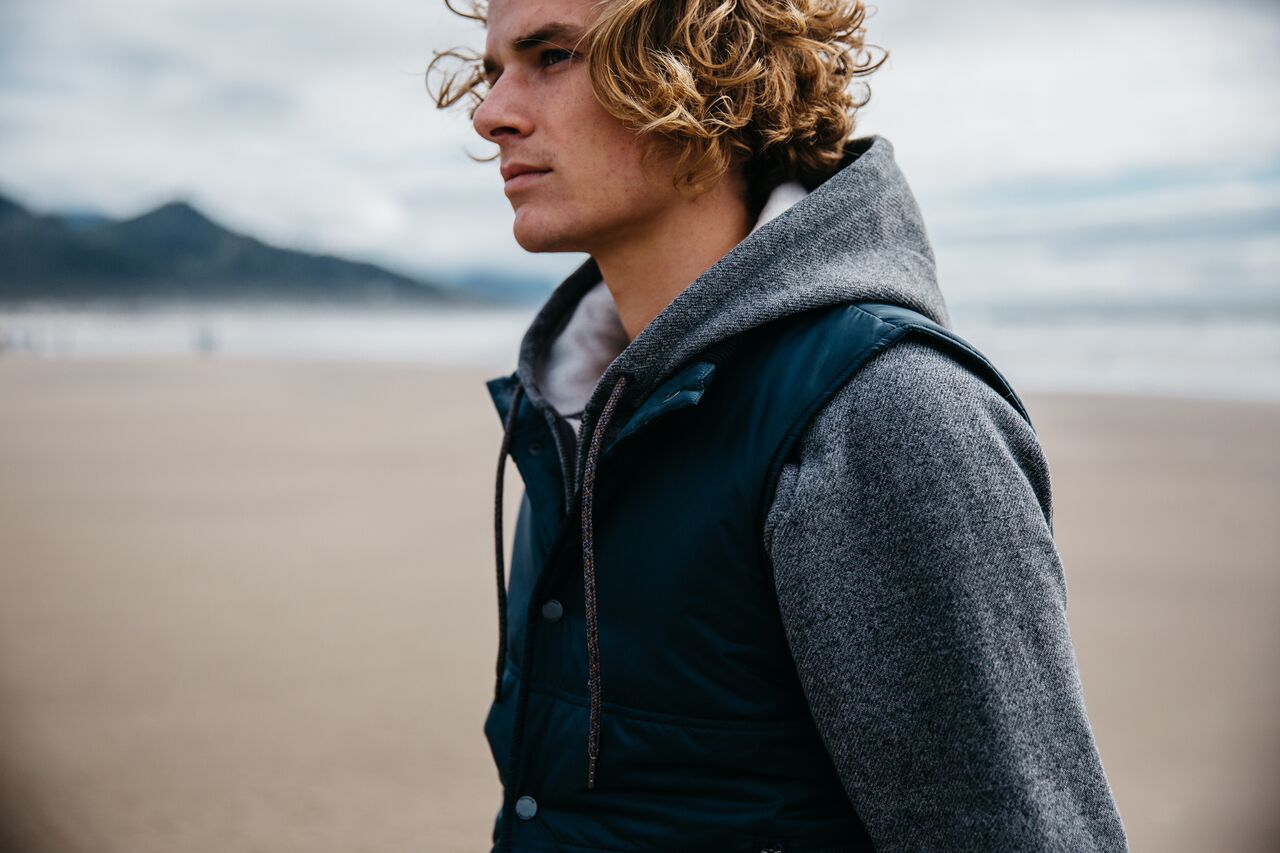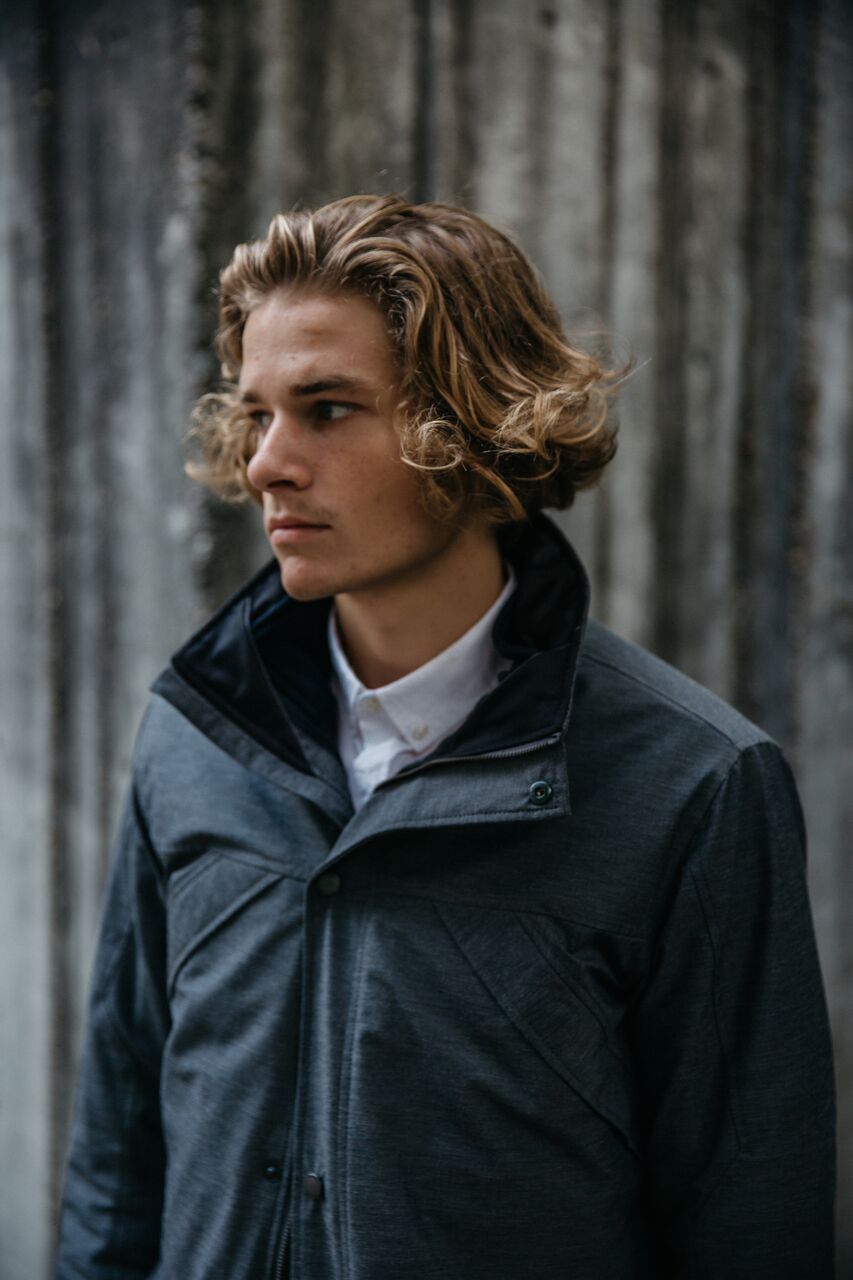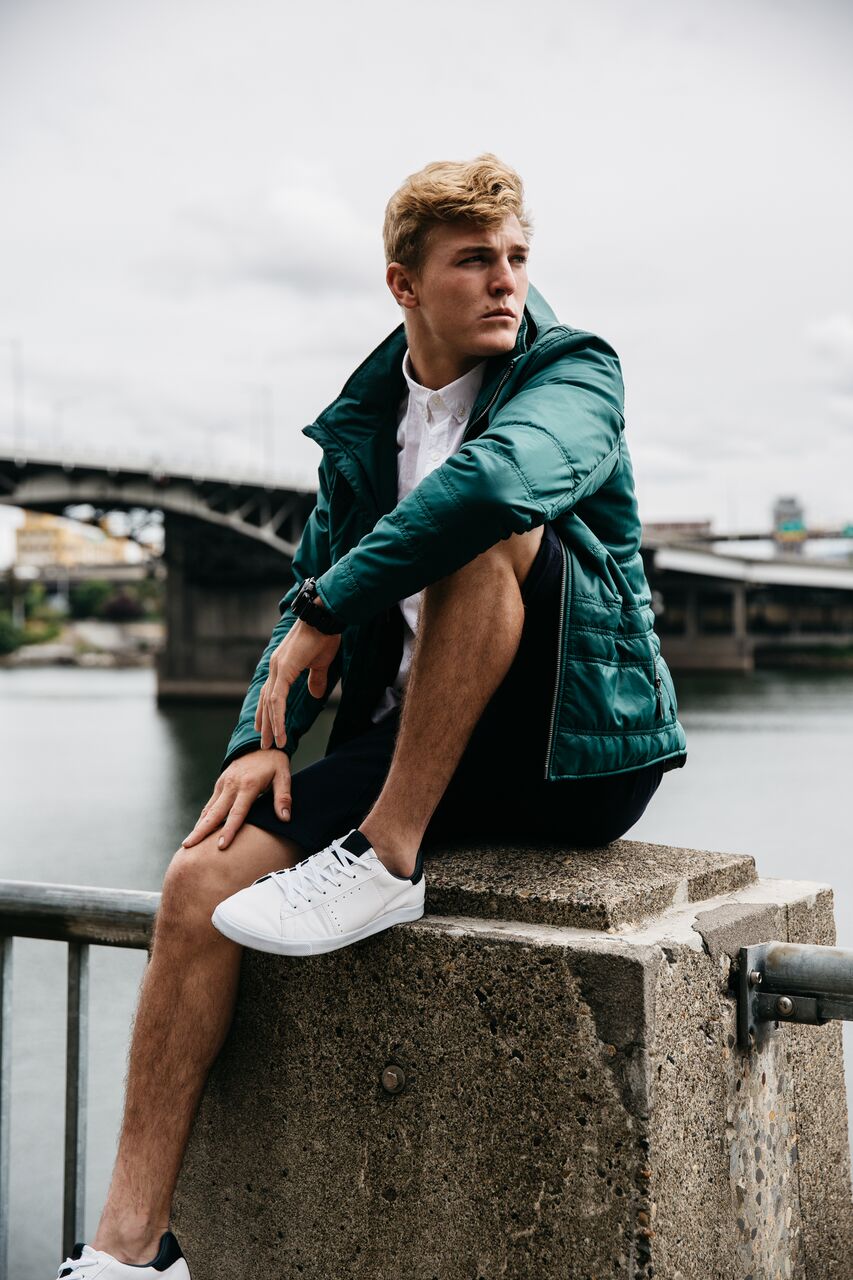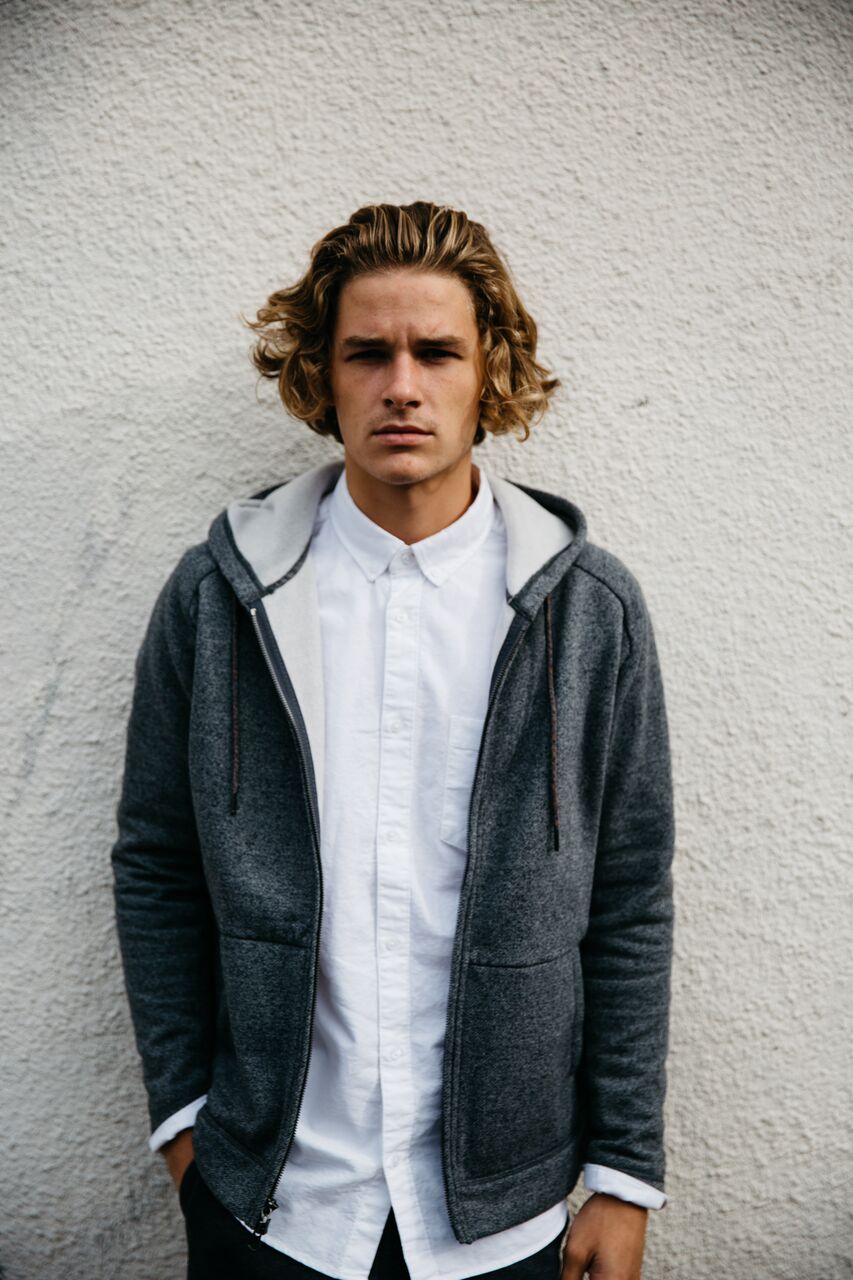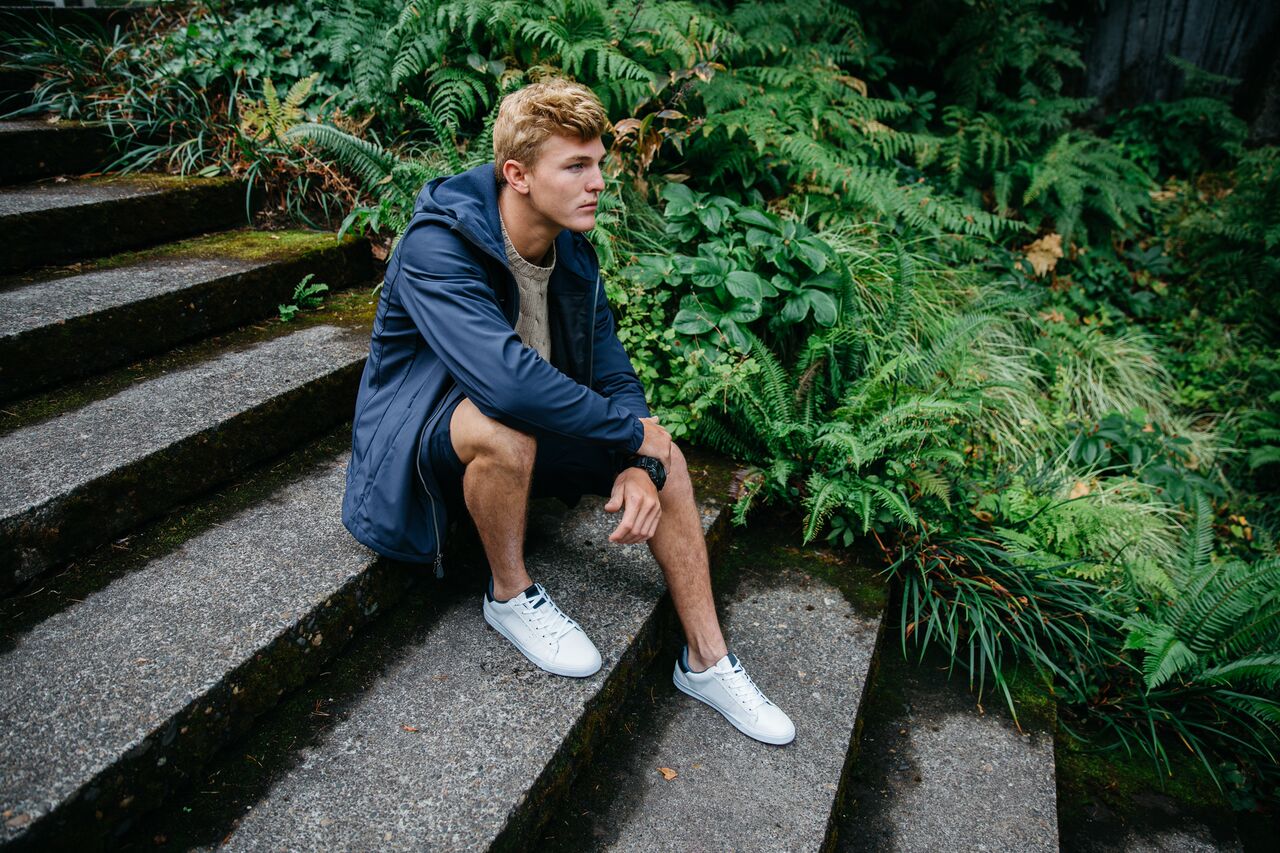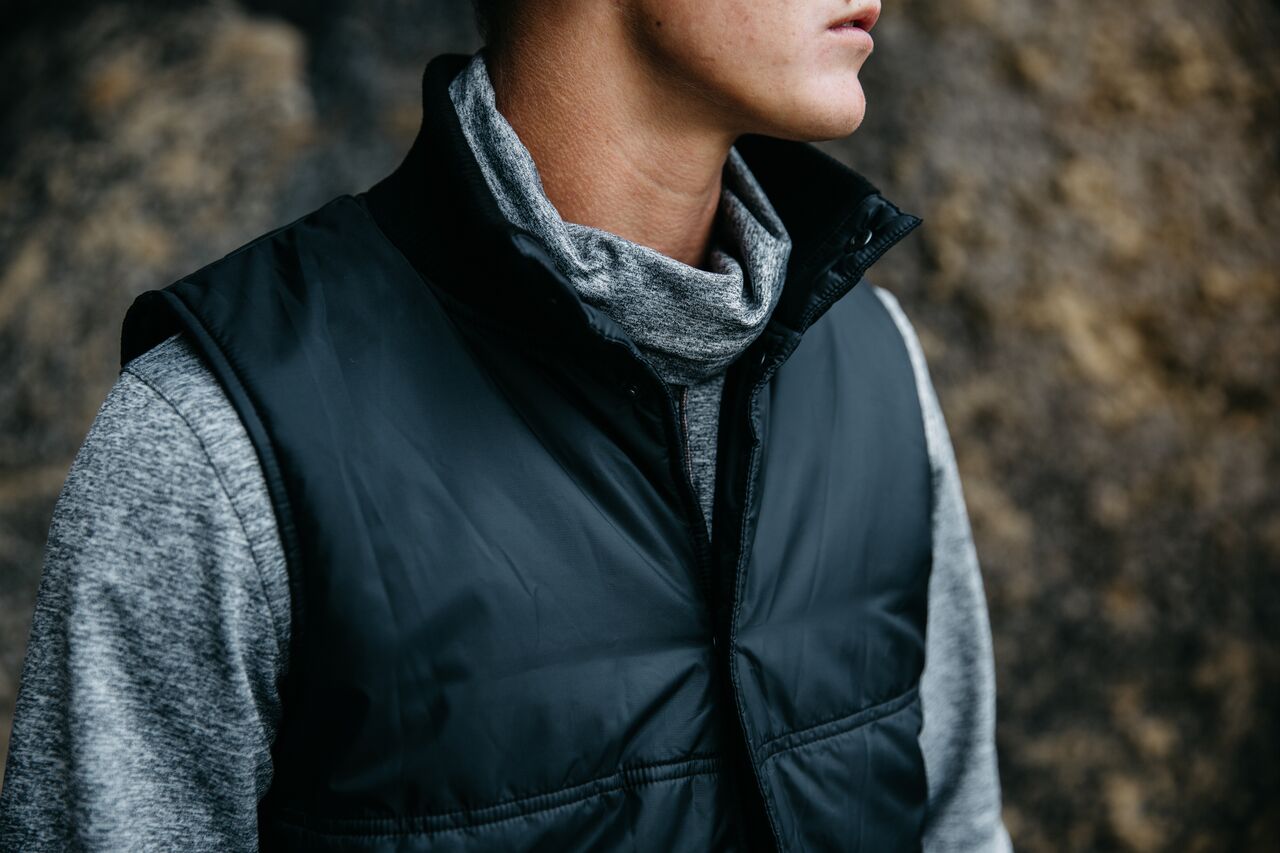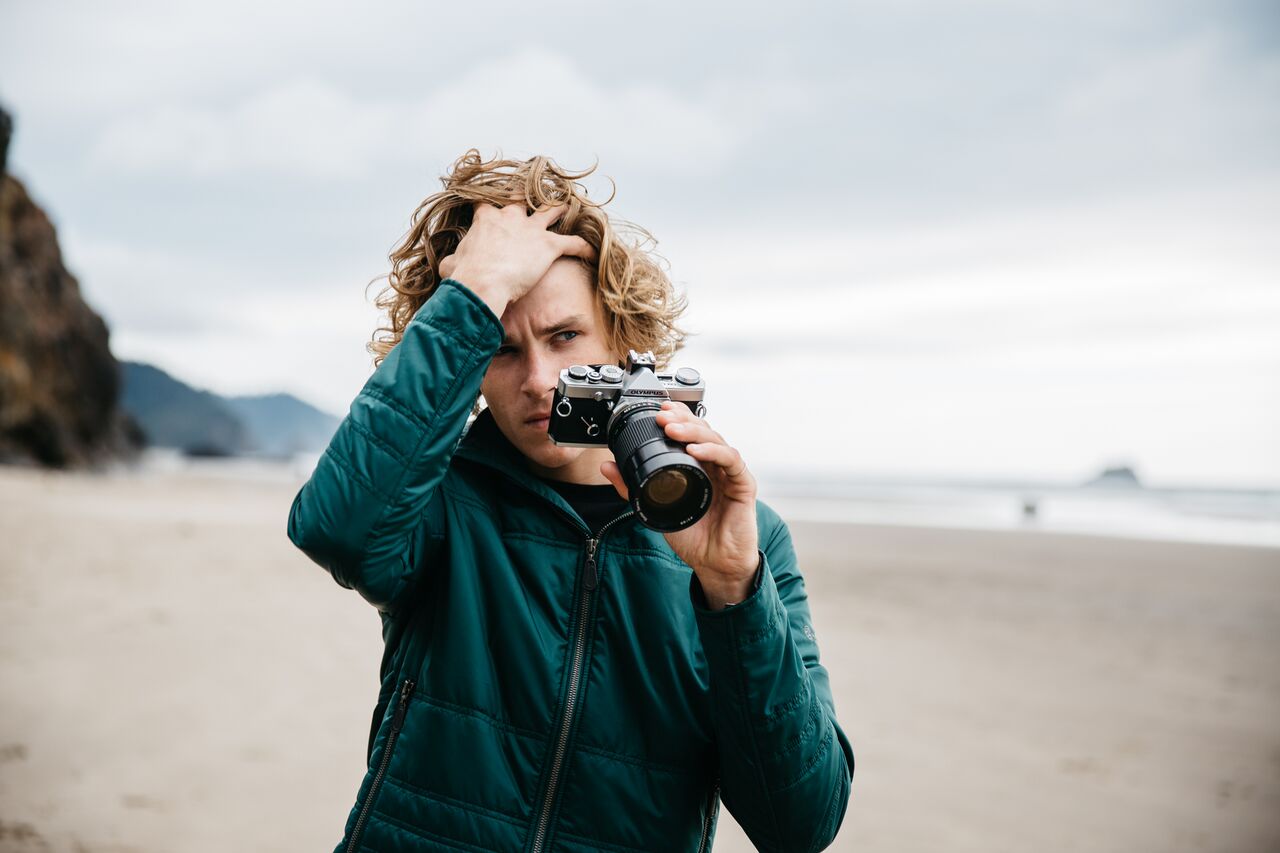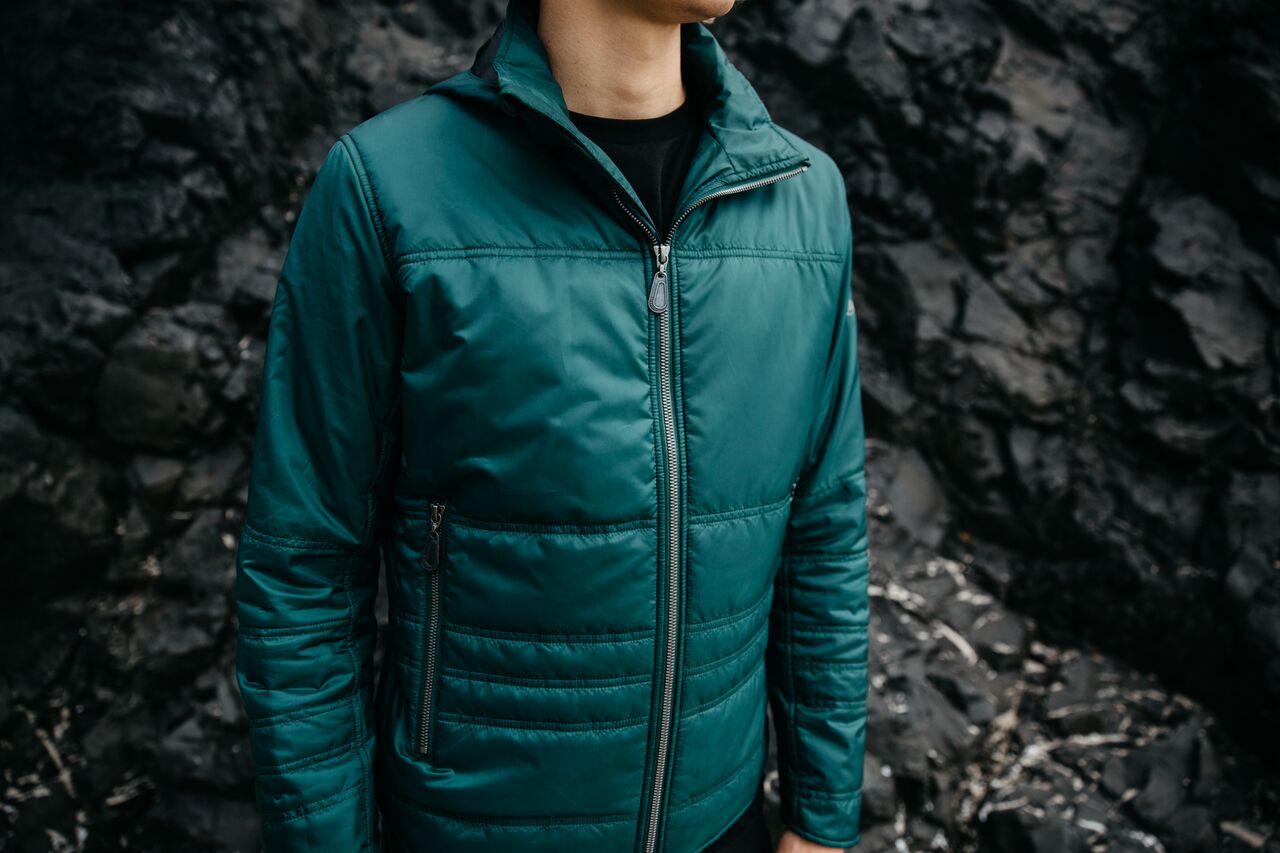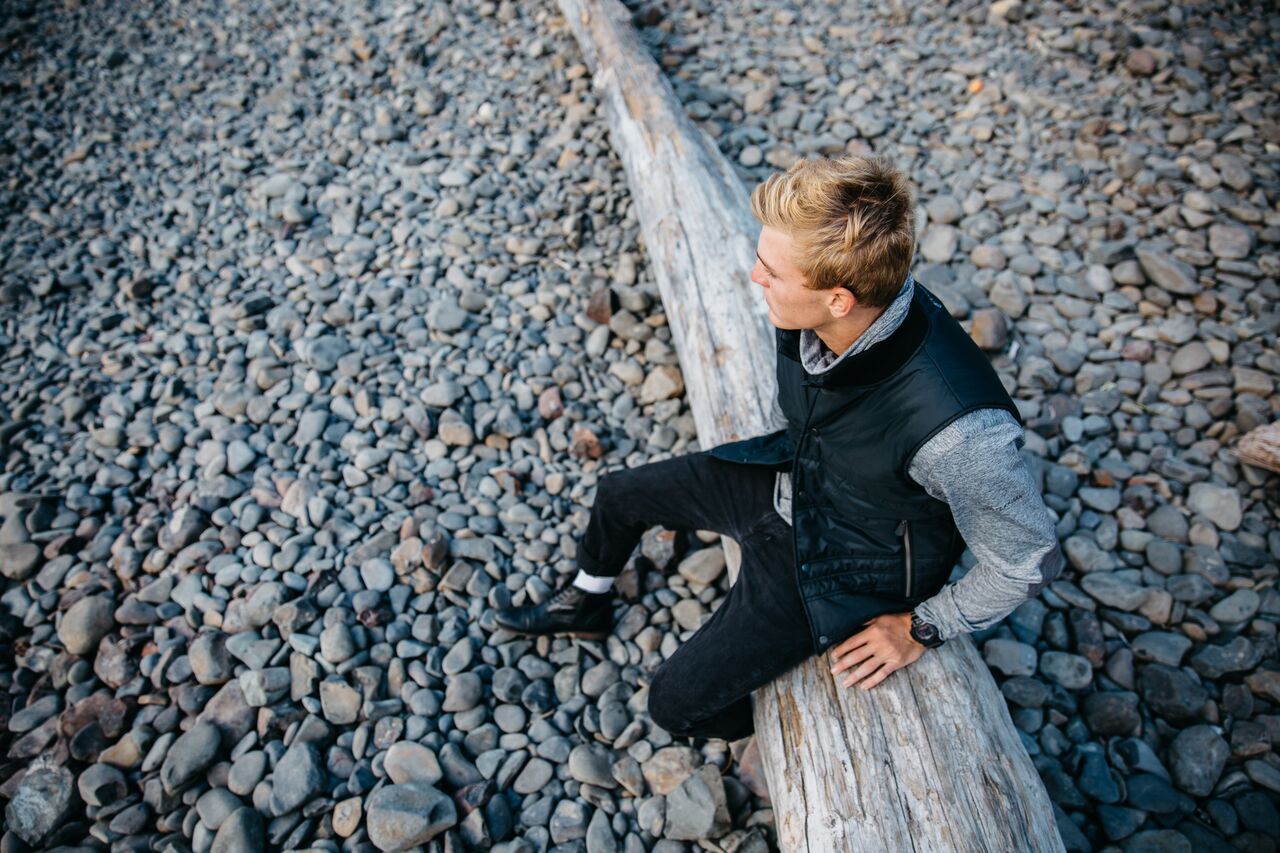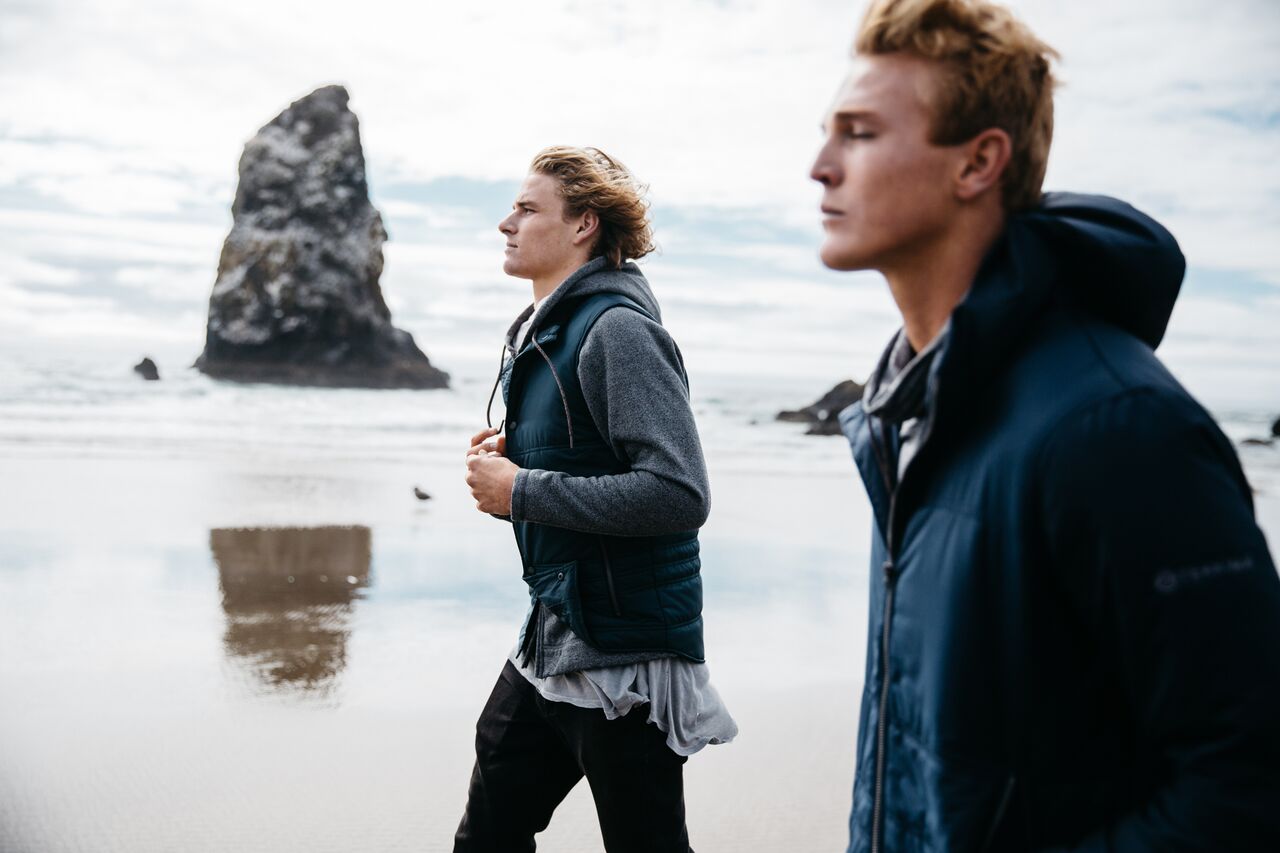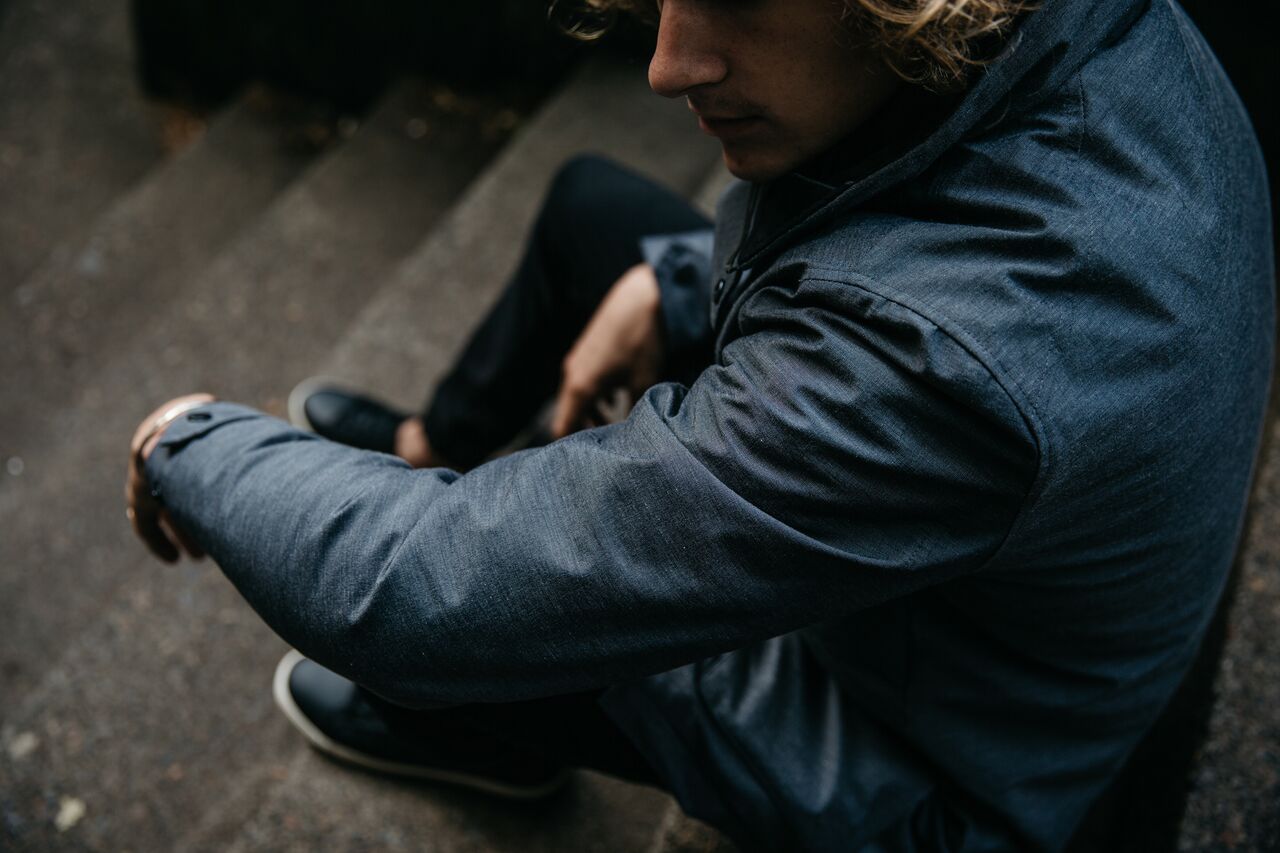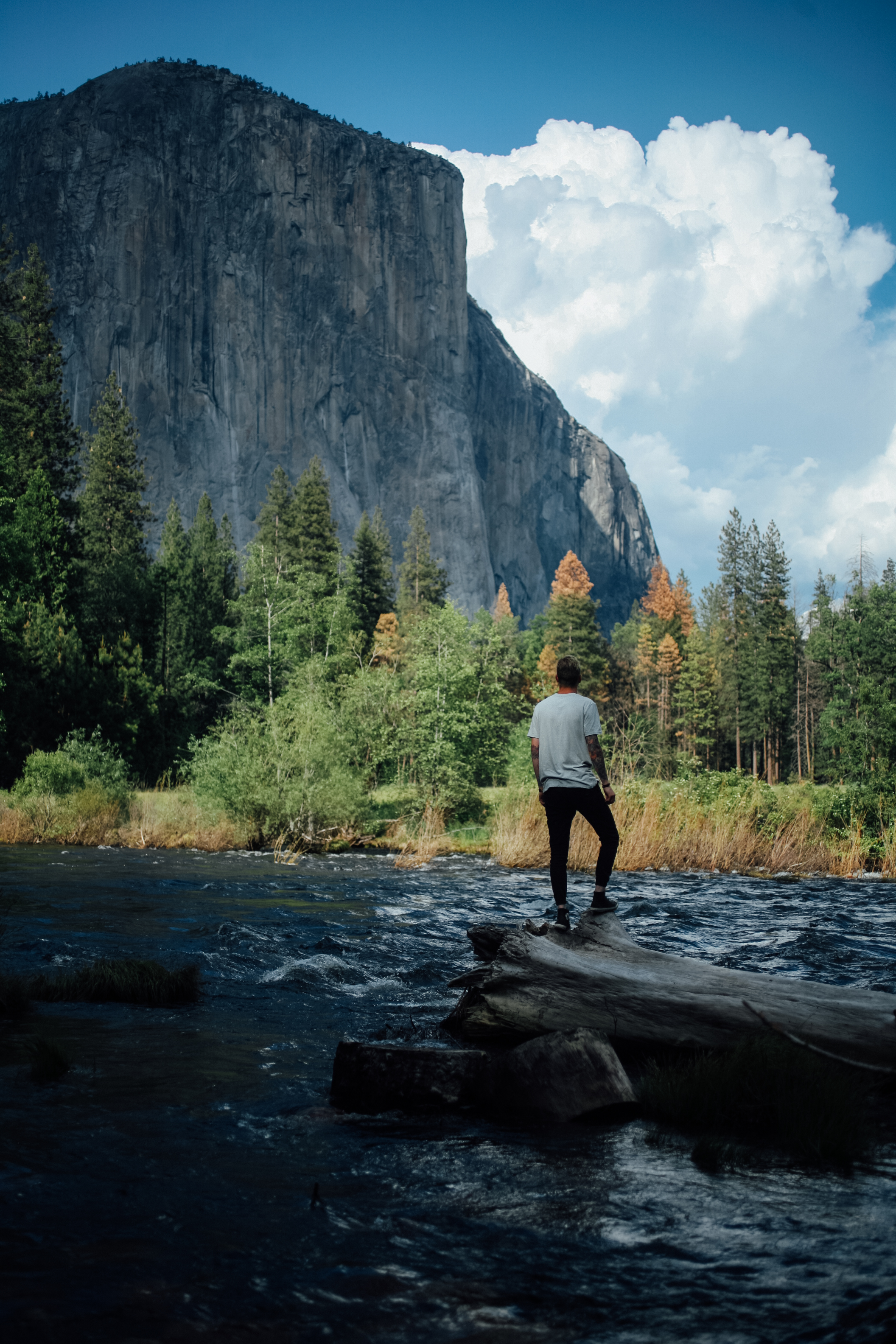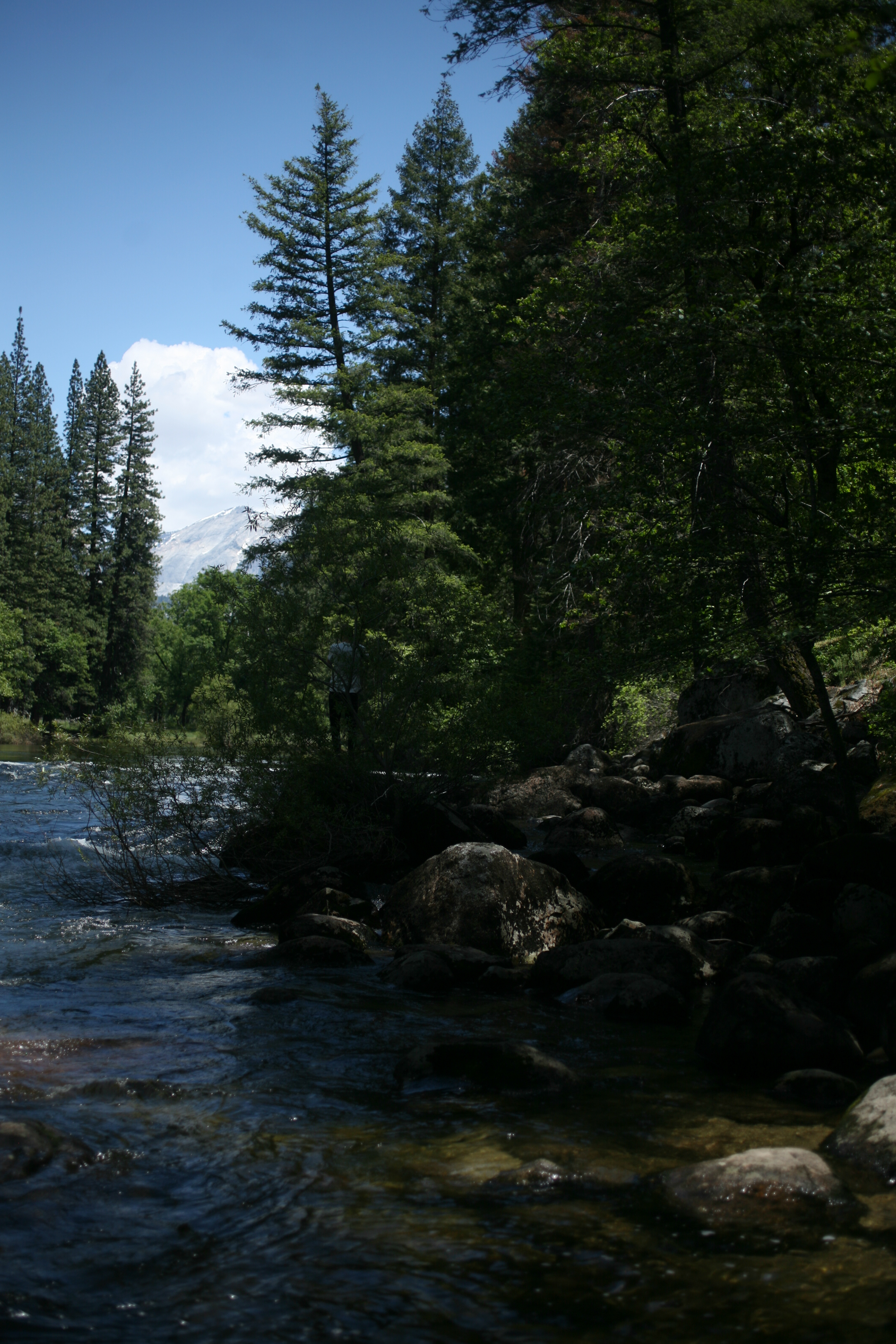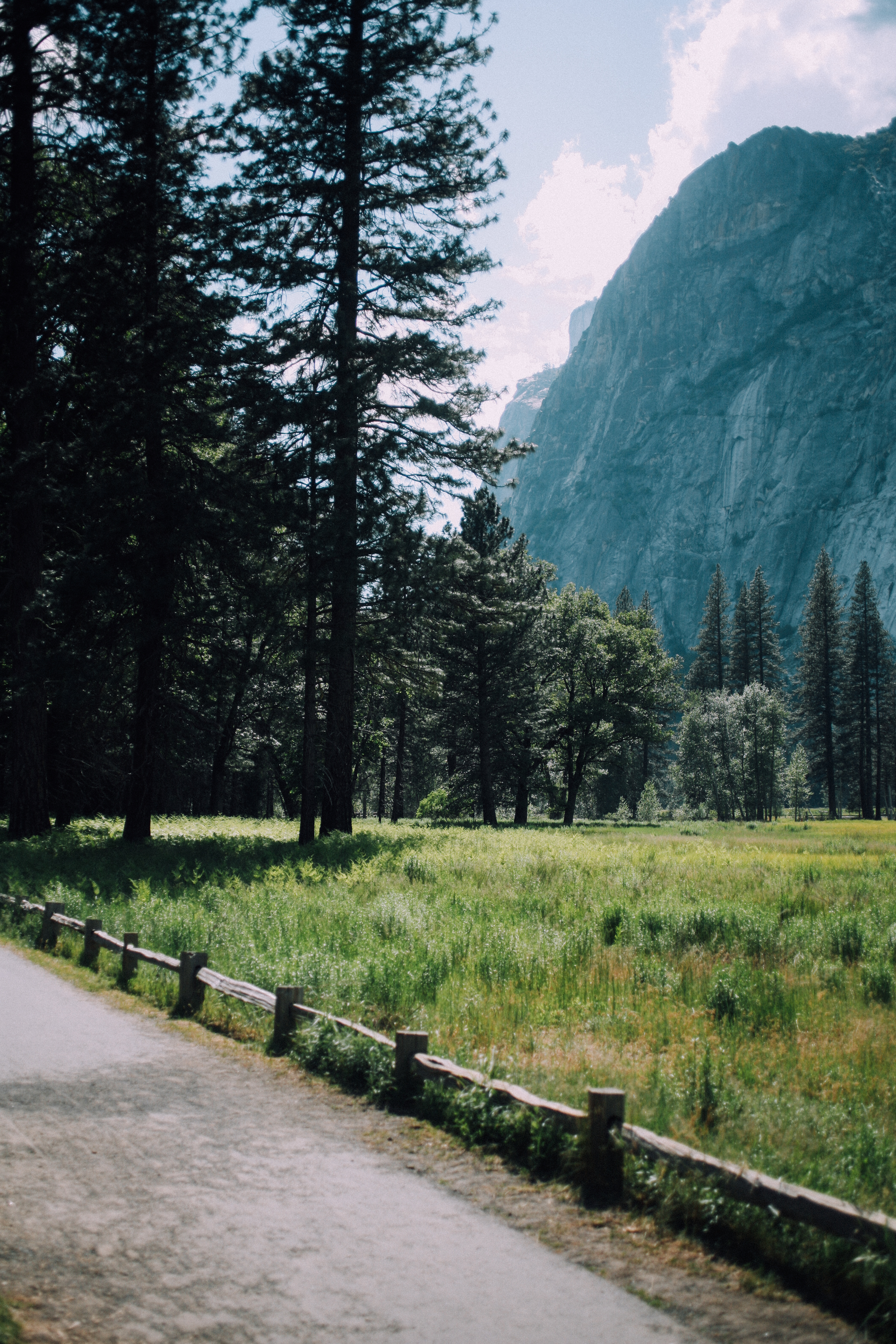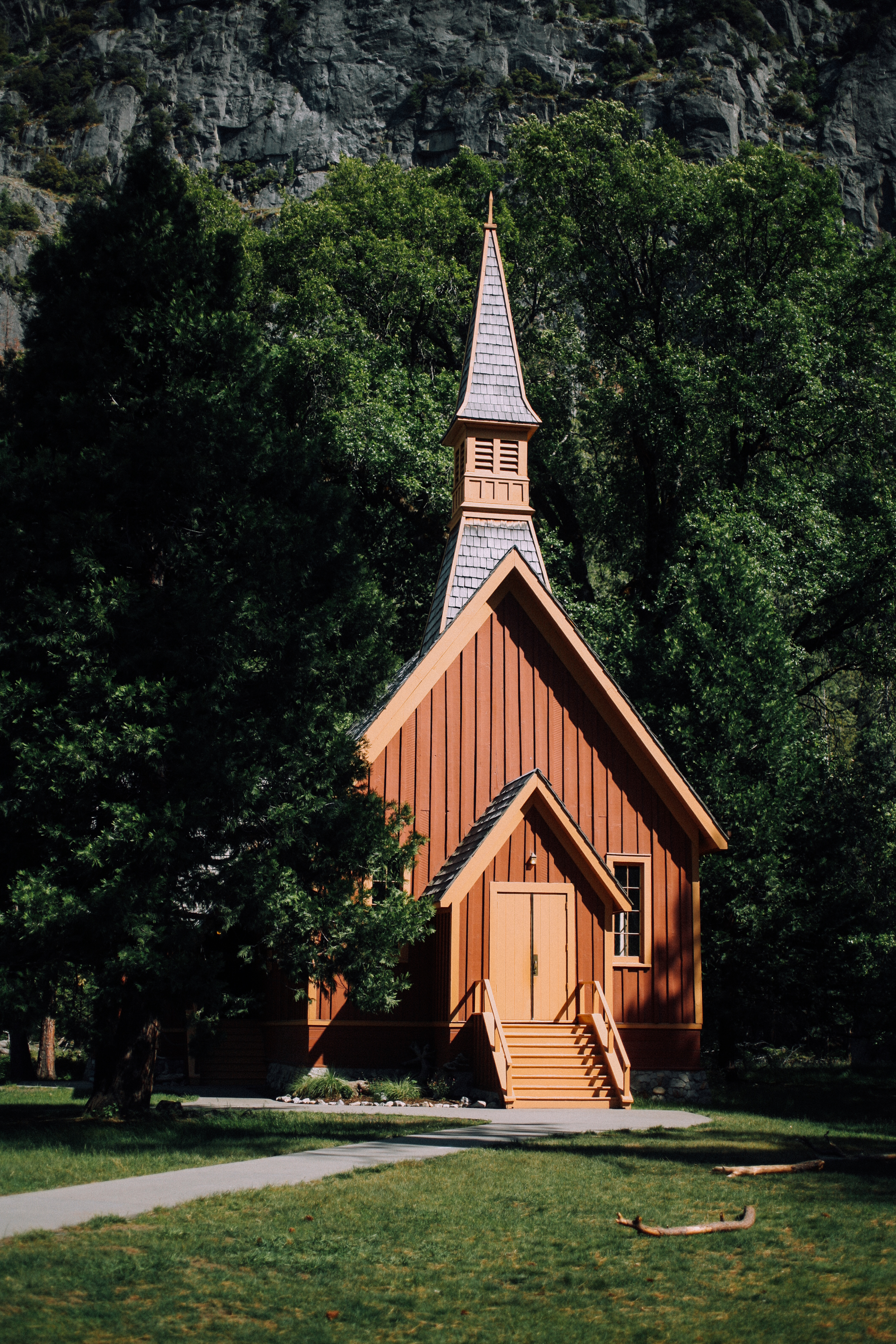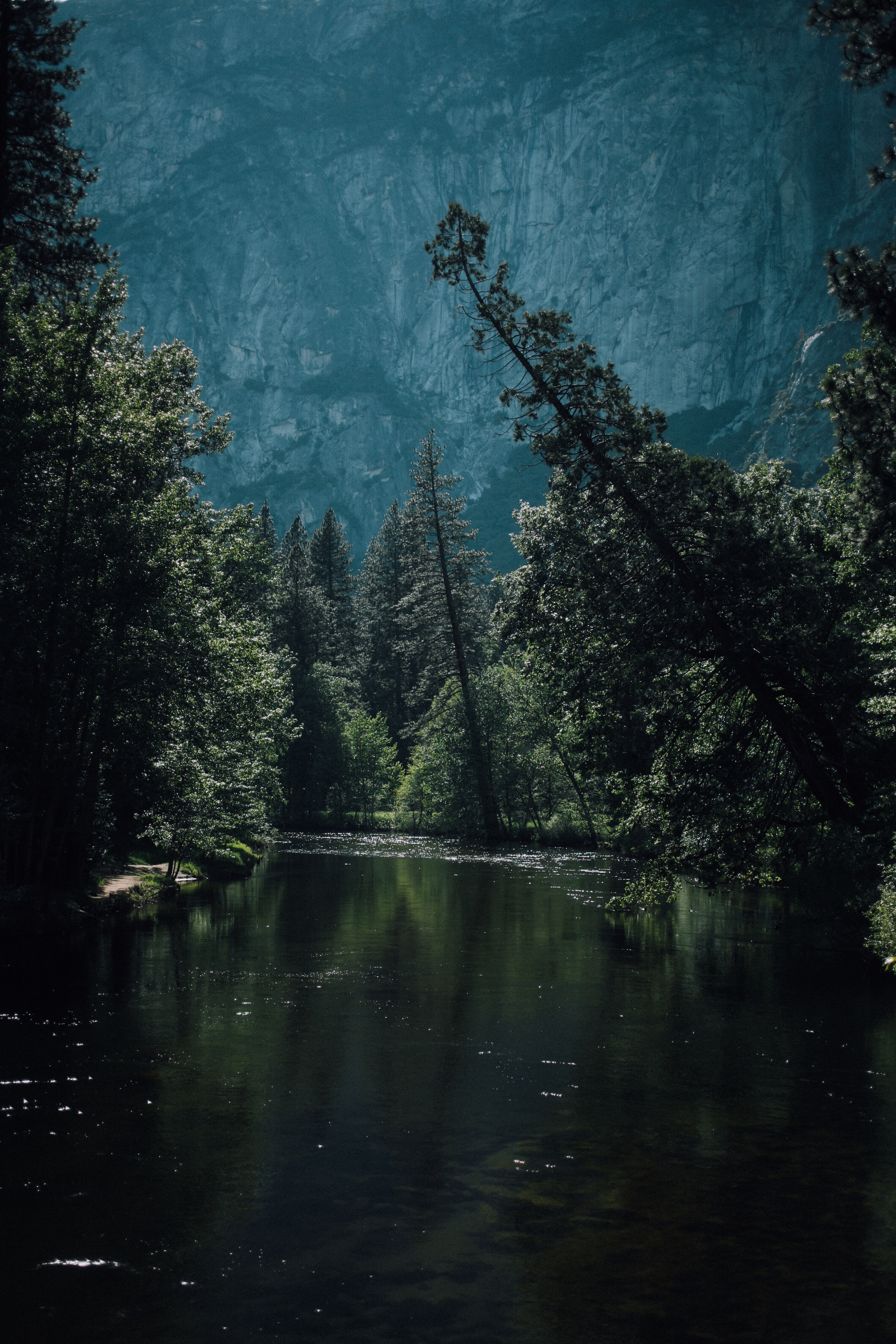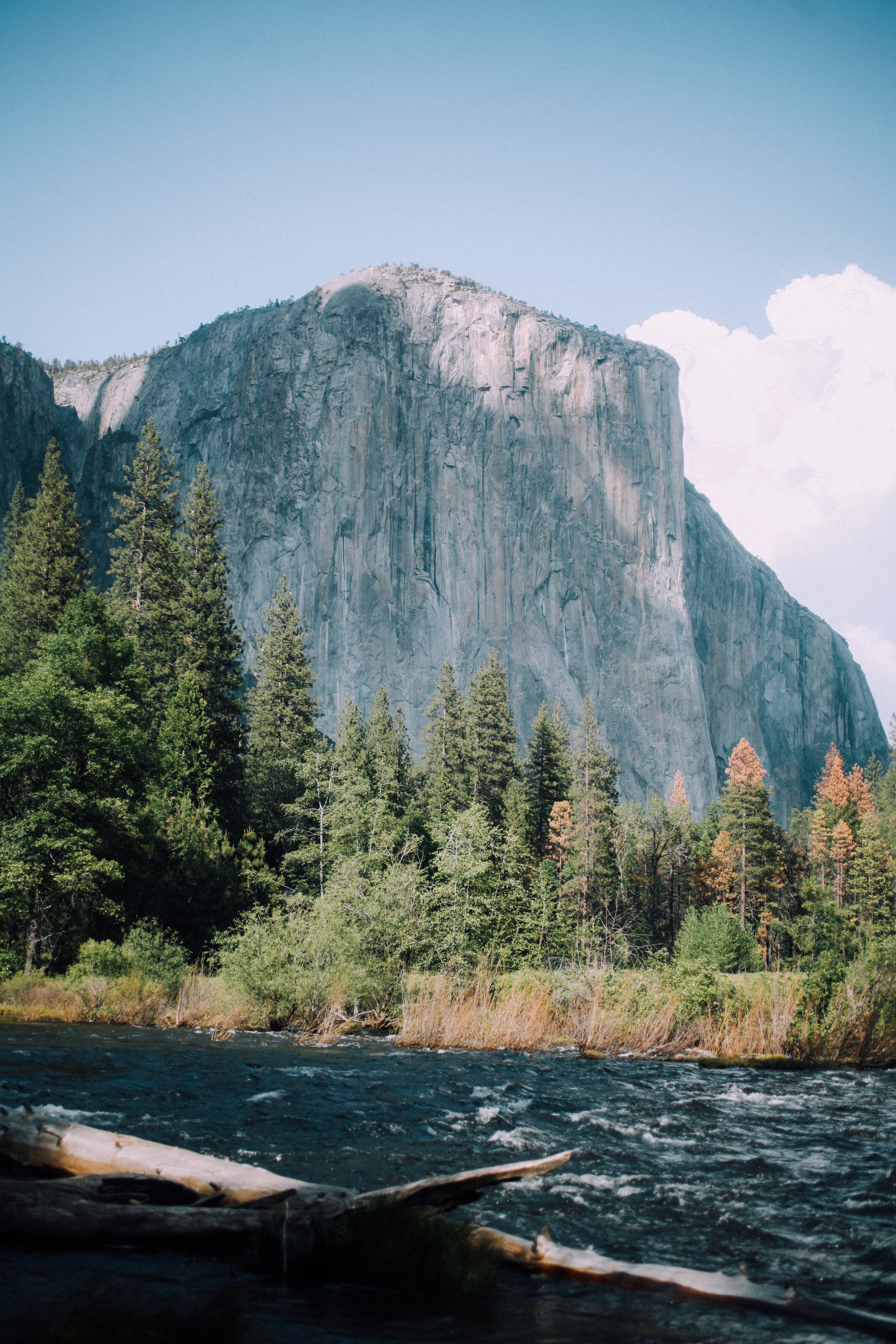Ernest Alexander
Ben Ashby
After going to grad school and studying business for 3 years, Ernest Sabine found himself in the middle of the recession and the fashion district in New York City. The stock market had just recently crashed and for Ernie it seemed like the perfect time to build something from nothing. Having worked in fashion advertising for several years, Ernie learned the ins and outs of the fashion industry and with a childhood dream he set out to create the perfect men's messenger bag. "I always dreamed of having my own clothing line as a kid," he says, "I always wanted to have my own business."
When Ernie began Ernest Alexander he explored the fashion district for a workshop that was able to produce canvas messenger bags. He often carried one for business each day and always wished he could have one that perfectly matched his body in motion and at rest. After finding a workshop only two blocks from his office he started sourcing materials for his first collection of messengers. "I started with one style and three colors when I made my first messenger bag," he laughs.
With the help of twelve very talented seamstresses, Ernie went to work perfecting his first design. "I would design prototypes and test them out for the day. I want my bags to look as fashionable and feel as comfortable and natural while walking and running through the city." With his first design perfected and with three colors available he sold his first 20 bag order, though the power of social media and e-commerce quickly changed that.
When Ernie first started his brand he wanted it to be something could feel proud of. He was tired of foreign manufacturing and unfair wages and living conditions for the foreign laborers. Finding
the small garment district in New York City to manufacture his bags and accessories was his way of remedying that problem. With his growing popularity and demand for more products, Ernie has not only been able to support the twelve seamstresses who first helped in creating Ernest Alexander, but has also expanded that workshop and created jobs for new workers.
"I wanted to create a brand with heart and meaning, I wanted to know the people who were making products for me. I wanted to stay close to them and be able to visit any time so that I could stay involved in every step of the process." Today he works, manufactures, and sells his bags within a five mile radius, with his flagship store in Soho on Thompson Street only 20 blocks from his workshop. "Opening the store allowed me to not only get into a shopping area that I'd helping grow my brand, but also allowed me to meet my customers face-to-face." With a growing collection of items to offer including men's shirts, bags, accessories, and a small capsule of women's clothing Ernie is slowly growing his brand which started with one messenger bag into a full outfitter. "I want to be able to offer more to my customers and I think the next step will be denim, knits and sweaters, and tailored clothing and suiting," says Ernie.
Ernie says that the city has played the biggest role in inspiring him to create his clothing brand. "When I need inspiration I go straight to the streets of New York City," he explains. "With so many colors, textures, and personalities the people of New York have their own style, and it inspires me to find new and interesting fabrics and patterns when I source my materials." He also finds inspiration in antiques and often shops at a local antique store called Olde Good things for decor for his store and inspiration for his brand. "My brand focuses on a return to basics with a
modern look at vintage fashion, so visiting antique stores helps me focus on those ideas of classic silhouettes and references to the past."
When asked what we could expect to see from Ernest Alexander for the holiday season, Ernie listed a few giftable items that will be out just in time for the holidays. Starting this winter he will offer an apron designed for cooks and blacksmiths alike. Inspired by the aprons of craftsmen, it will feature pockets for tools and is constructed of the same high-quality canvas he uses for his bags. Plaid will be a major focus for the brand this year with a line of weekenders, messengers, and other bags made of classic British woolen plaids and Ernie will also offer plaid neckwear to match.
With workman inspired clothing, a line of utilitarian bags that focus on functionality and style, and classic accessories Ernest Alexander is reviving the American fashion industry. Keeping his focus on the importance of domestic manufacturing and a respect for the history of fashion, Ernie has created a brand that is as classic as it is fresh and modern. "A respect for history and the past has always been important to me, I think it is what fuels this industry and I want to make sure that the people who have worked to keep manufacturing alive here in New York City are recognized."
Website: http://ernestalexander.com/
Instagram: @ernestalexander




















































